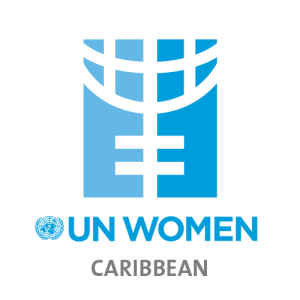How much does the world care about ending violence against women and girls? We don’t know.
What we do know, is that the human cost of violence against women and girls is incalculable.
One in three women experience physical or sexual violence at least once in their lifetime.
Violence against women and girls is one of the most prevalent and pervasive human rights violations.
The COVID-19 pandemic, conflicts and climate change have exacerbated the risks for this violence and generated new threats, amplifying the vulnerability of women and girls.
Violence against women and girls disrupts peace and stability within families and communities. It triggers myriad costs to societies in healthcare, education, social protection, justice and productivity, preventing economies from achieving their full potential.
The solution lies in robust responses, including investment in prevention.
However, alarmingly, data on how much nations are committing to counteract violence against women and girls remains glaringly sparse.
Supporting and investing in women’s rights organizations is key to ending violence against women and girls.
Research shows that the presence of a strong and autonomous feminist movement is the single most critical factor to drive policy change in ending violence against women and girls both in domestic and global policy making.
Women’s organizations play a vital role in providing services on a local level, bolstering women’s empowerment and reaching those at risk of being left furthest behind.
Yet, only 1 percent of gender-focused state aid is directed to these organizations, and funding has not improved despite increased momentum and clear evidence of need.
Only one quarter of countries have systems to track budget allocations for gender equality overall. Data on national budgets to address violence against women and girls are hardly available.
According to the latest research, 78 per cent of countries have budgetary commitments to implement legislation addressing violence against women.
But it is unclear how countries are integrating prevention across different sectors, including education, health, economic development and social protection.
That is why, during this year’s 16 Days of Activism against Gender-Based Violence, we are asking you to show us how much you care.
We call on all citizens: Tell us how you are taking action.
Are you using your creativity to promote a message of zero tolerance to violence? Do you use your time to engage with grassroots organizations working for a world where women and men have equal rights? Or are you perhaps questioning gender stereotypes that contribute to a culture of violence against women in online and offline conversations?
We also call on governments worldwide: Invest in prevention to eradicate violence against women and girls.
Every effort invested in preventing violence against women is a step towards a safer, more equal and prosperous world.
Violence costs us all.
Join us in demanding investments and actions to end it.



